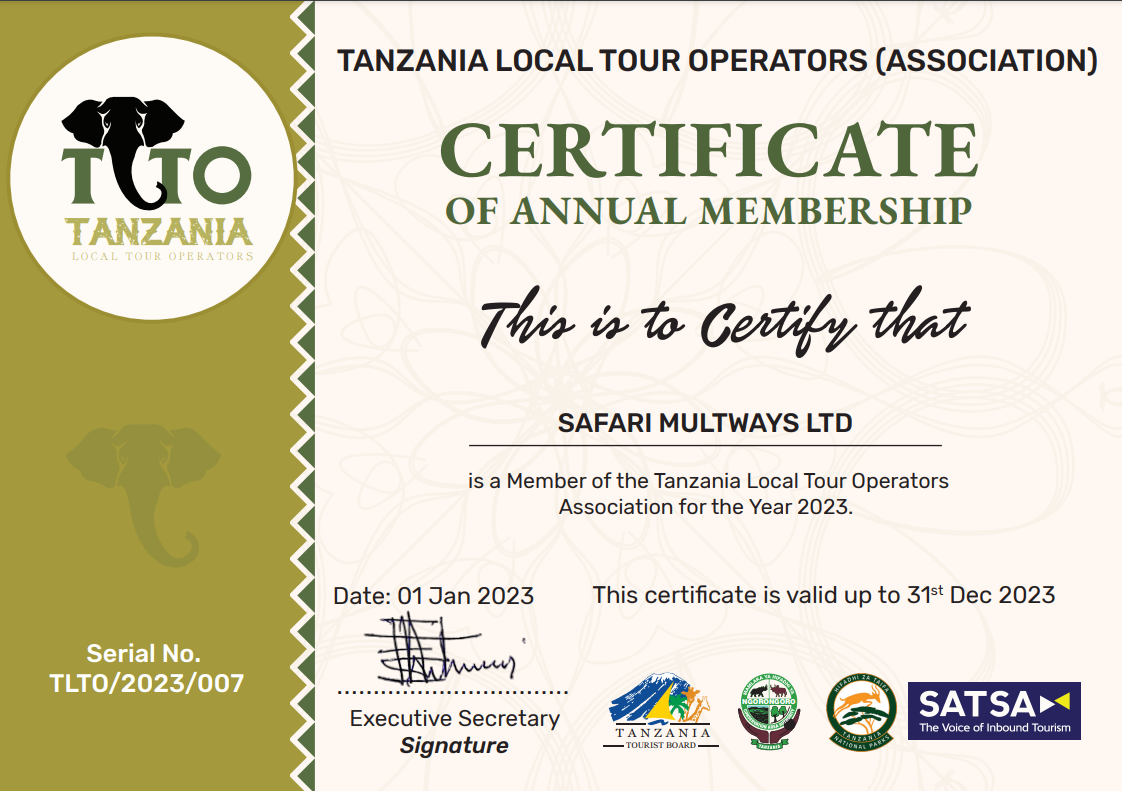The Creation of Serengeti National Park: Exploring the Purpose
The Birth of Serengeti National Park
In the heart of Tanzania lies a piece of land so vast and diverse that it has captured the hearts of nature lovers and wildlife enthusiasts around the world. This land is none other than the Serengeti National Park, a wildlife sanctuary like no other. The creation of this iconic park dates back to the early 20th century, when the need to protect and conserve the rich biodiversity of the area became apparent.
Serengeti National Park was officially established in 1951, covering an area of over 14,750 square kilometers. The park is famous for its sweeping grasslands, acacia woodlands, and iconic savannah plains, which serve as a haven for a wide variety of wildlife species. From the majestic lions and elephants to the graceful giraffes and elusive leopards, the Serengeti is home to an unparalleled array of animals that roam freely in their natural habitat.
Unraveling the Purpose Behind its Creation
The creation of Serengeti National Park was driven by a deep-seated commitment to conservation and the protection of the region’s unique flora and fauna. The park was established not only to safeguard the wildlife populations that call it home but also to preserve the delicate ecosystems that support these animals.
One of the primary purposes behind the creation of Serengeti National Park was to provide a safe sanctuary for the iconic wildebeest migration. Every year, millions of wildebeest, along with zebras and gazelles, embark on a breathtaking journey across the plains of the Serengeti in search of greener pastures. The park serves as a critical stopover point for these migratory herds, offering them a safe haven to rest and replenish their energy before continuing on their journey. By protecting the wildebeest migration, Serengeti National Park plays a crucial role in maintaining the balance of nature and preserving this awe-inspiring spectacle for generations to come.
In addition to safeguarding the migration, Serengeti National Park also plays a vital role in protecting the diverse range of flora and fauna that call the park home. The park is home to over 500 bird species, as well as a multitude of mammals, reptiles, and insects. By preserving their natural habitat and providing a protected environment free from human interference, the park ensures the survival of these species and contributes to the overall biodiversity of the region.
Furthermore, the creation of Serengeti National Park has had significant economic benefits for Tanzania. The park attracts thousands of visitors each year, providing employment opportunities for local communities and generating revenue through tourism activities. By promoting sustainable tourism practices and supporting local conservation efforts, the park helps to alleviate poverty and improve the quality of life for those living in the surrounding areas.
In conclusion, the creation of Serengeti National Park was a visionary decision that has had far-reaching implications for conservation, biodiversity, and sustainable development. By protecting the wildebeest migration, preserving the region’s unique ecosystems, and promoting responsible tourism, the park stands as a shining example of successful conservation efforts. As we continue to explore and appreciate the wonders of Serengeti National Park, let us remember the purpose behind its creation and strive to preserve this natural treasure for generations to come.



